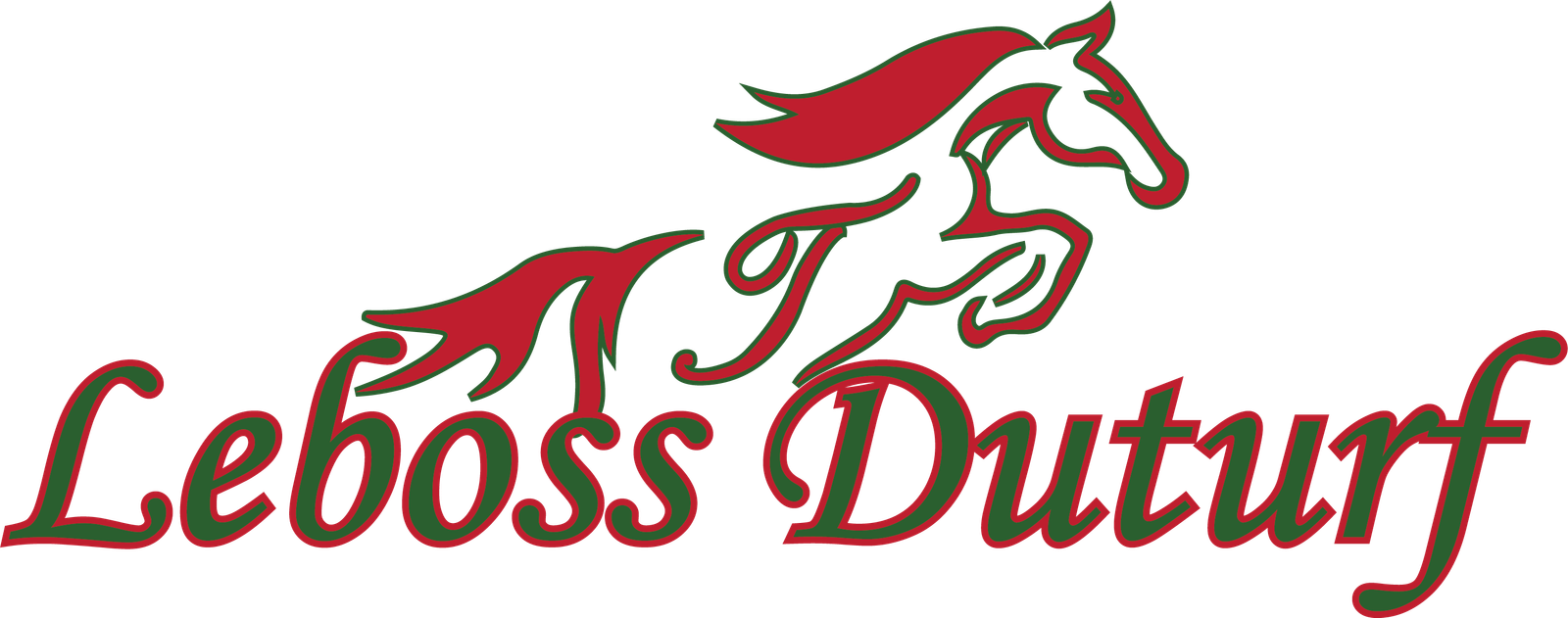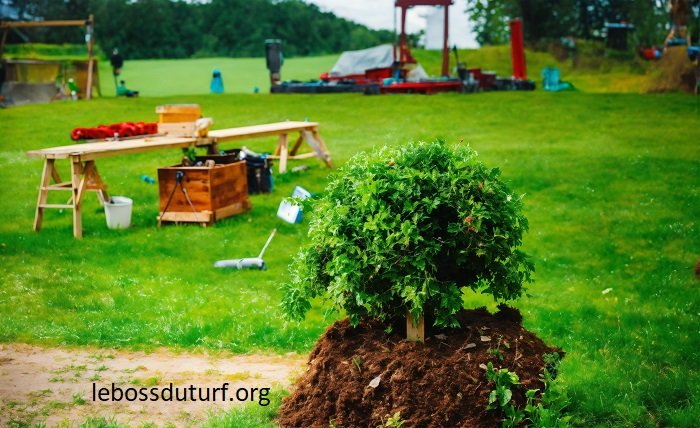Introduction
Nanou turf is a state-of-the-art synthetic turf product that offers exceptional longevity and minimal upkeep, all while simulating the appearance and feel of real grass. Everything you need to know about nanou grass is included in this thorough guide, including its composition, installation methods, advantages, uses, effects on the environment, and potential future trends.
What is Nanou Turf
Nanou turf is a kind of artificial turf that imitates the look and feel of real grass by using cutting-edge technologies. Nanou grass uses nanotechnology in contrast to conventional synthetic turf to increase its resilience and longevity. Usually, it is made up of an infill layer, a base layer, and synthetic fibers that have been nanotreated for better durability and performance.
Understanding Nanou Turf Composition
For stability and drainage, a foundation layer of compacted gravel or porous asphalt is usually included in the mix of nanou turf. To support and cushion the synthetic fibers, a layer of silica sand or recycled rubber filler is frequently placed on top of this base. The actual synthetic fibers are often composed of polyethylene or polypropylene and are treated with nanoparticles to prevent UV deterioration and preserve their texture and color over time.
Applications of Nanou Turf
The versatility of nanou grass can be applied to a wide range of spaces, including public parks, large-scale sports complexes, and residential gardens as well as rooftop terraces. It is a top option for landscaping projects looking for long-lasting, low-maintenance solutions because of its capacity to flourish in a variety of climates and soil types. Commercial properties value its affordability and capacity to create colorful outside areas, while residential residents enjoy its lush appearance all year long without having to water or mow. Because nanou grass is a consistent playing surface and can withstand heavy use, sports facilities employ it to improve athlete performance and safety.
Environmental Impact and Sustainability
Nanou turf provides notable environmental advantages over natural grass, which necessitates high water consumption and chemical inputs for maintenance. By doing away with the requirement for irrigation, it uses less water and lessens the amount of fertilizer and pesticide that leaks into streams. Moreover, compared to conventional lawn materials, its durability and recyclable nature help to generate less waste. Nanou grass is becoming more and more popular as a sustainable landscaping material that helps with water saving and lessens the environmental impact of outdoor spaces, particularly as corporations and municipalities pursue sustainability goals.
Maintenance and Durability
Compared to prior synthetic turf choices or natural grass, nanou turf requires less maintenance. It doesn’t require frequent watering, mowing, or fertilization because of its long-lasting construction and fading resistance. Debris removal and periodic brushing are the key routine care duties that keep the plant in an upright position and its texture even. Over time, property owners will save money thanks to the endurance of nanou turf as they spend less on labor, lawn care supplies, and water expenses compared to regular turf maintenance.
Innovations in Nanou Turf Technology
The performance and sustainability of nanou grass have been further improved by recent developments in nanotechnology. Enhancing turf resilience, lowering heat retention, and adding biodegradable elements for more environmental friendliness are the main areas of innovation. Future advancements in landscaping materials will be made possible by research and development initiatives that investigate nanomaterial uses that better maximize the endurance and aesthetic qualities of turf. Nanou grass continues to be at the forefront of environmentally friendly landscaping options, providing ongoing advancements in both environmental stewardship and functionality as technology advances.
Case Studies and Success Stories
Applications of nanou grass in the real world demonstrate how well it works in a variety of environments and temperatures. In addition to enjoying year-round greenery, residential homeowners claim significant water savings and lower maintenance expenses. Commercial buildings with colorful exterior areas that draw both tenants and guests emphasize the beneficial effects on curb appeal and customer experience. Playing fields that are reliable improve athlete performance and safety during training and competitions. The aforementioned case studies highlight the versatility and dependability of nanou grass as a top choice for landscaping in residential, business, and recreational settings.
Conclusion
With its revolutionary combination of cutting-edge nanotechnology and sustainable design principles, Nanou grass redefines outdoor spaces in a way that is unprecedented in contemporary landscaping. It is a top option for commercial, residential, and recreational uses due to its strength, aesthetic adaptability, and environmental advantages. Nanou grass presents a workable option for developing colorful, low-maintenance landscapes that withstand a range of climatic conditions when cities adopt sustainable development objectives and water saving measures. In the future, continued innovation and research should lead to even more advancements in nanou grass technology, solidifying its position as the foundation of landscaping techniques for the twenty-first century.
FAQ
What is the lifespan of nanou turf?
With the right care, nanou grass can last up to 15–20 years, depending on usage and climatic conditions.
How does nanou turf contribute to water conservation?
Compared to real grass, nanou turf requires no irrigation, which results in a large water savings.

